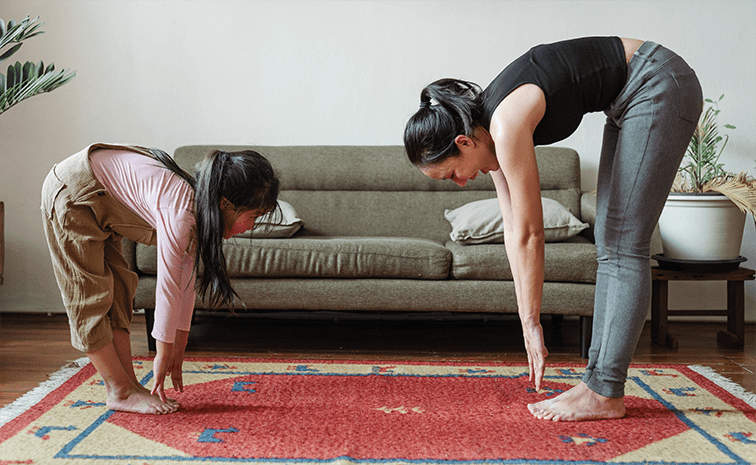When we practise mindfulness with children, we help them develop the tools they need to build their confidence and resilience. The earlier we introduce the concept of mindfulness, the greater the benefits both emotionally and physically.
As children grow, their brains continue to develop – building new neural pathways with each new experience. Research has shown that practising mindfulness develops and strengthens neural pathways in the same way that practising the piano does. The more we practise mindfulness, the more the brain grows these important pathways.

What is mindfulness and why does it matter?
Mindfulness is the ability to remain present in the moment. While mindfulness might conjure images of meditating on a beach at sunset, at its core, mindfulness is simply remaining aware of what is happening in our immediate environment at a given moment. When we are not fully present, we experience increased mental chatter and may dwell on past events or contemplate future activities. This is a type of autopilot thinking that leads us to experience the world through thought, and not through our five senses. Mindfulness helps us tune in by paying greater attention to the information we are receiving via sight, sound, smell, touch, and taste.
Focusing on the present moment helps to reduce stress, anxiety, depression, and many other poor mental health states. Mindfulness for kids helps them to focus in class, improves their ability to learn, increases their empathy, and boosts positive emotions. In short, mindfulness for kids improves their mental and physical wellbeing.
How to practise mindfulness for kids
Like other positive habits you want to instil in your child, modelling the behaviour you want your child to adopt is the best way to go. Your child learns how to behave by watching you, so it is important to find ways to implement mindfulness practices into your daily routine. Keep them simple and invite your child to try it out with you. This is a great way to create a daily practice that you can share.
Here’s a simple exercise you can try out today:
This is a simple yet effective exercise. The best bit is that eventually you and your child will be able to practise this anywhere when you need to take a moment to centre yourself and bring you back to the present moment.
3 tips to increase your child’s mindfulness
Mindfulness for kids can sometimes be easier for children to learn than for adults. Children have a greater ability to clear their minds and be free from external thoughts or daily pressures. By adopting mindfulness, children will reap the benefits throughout their lives.